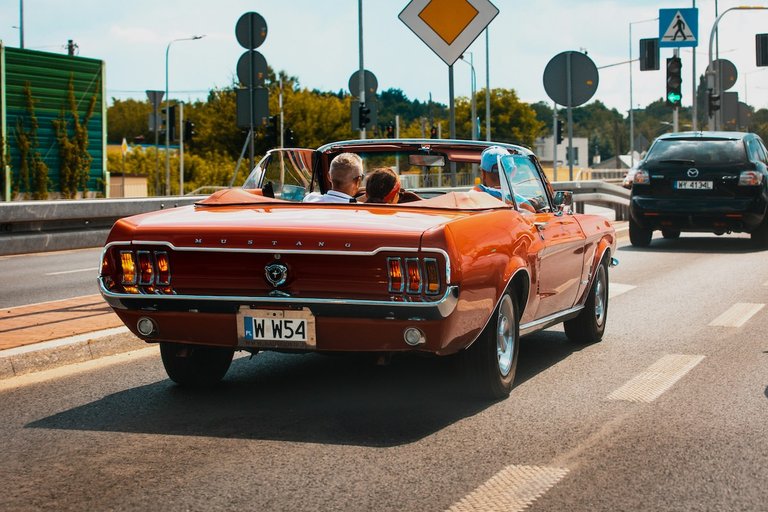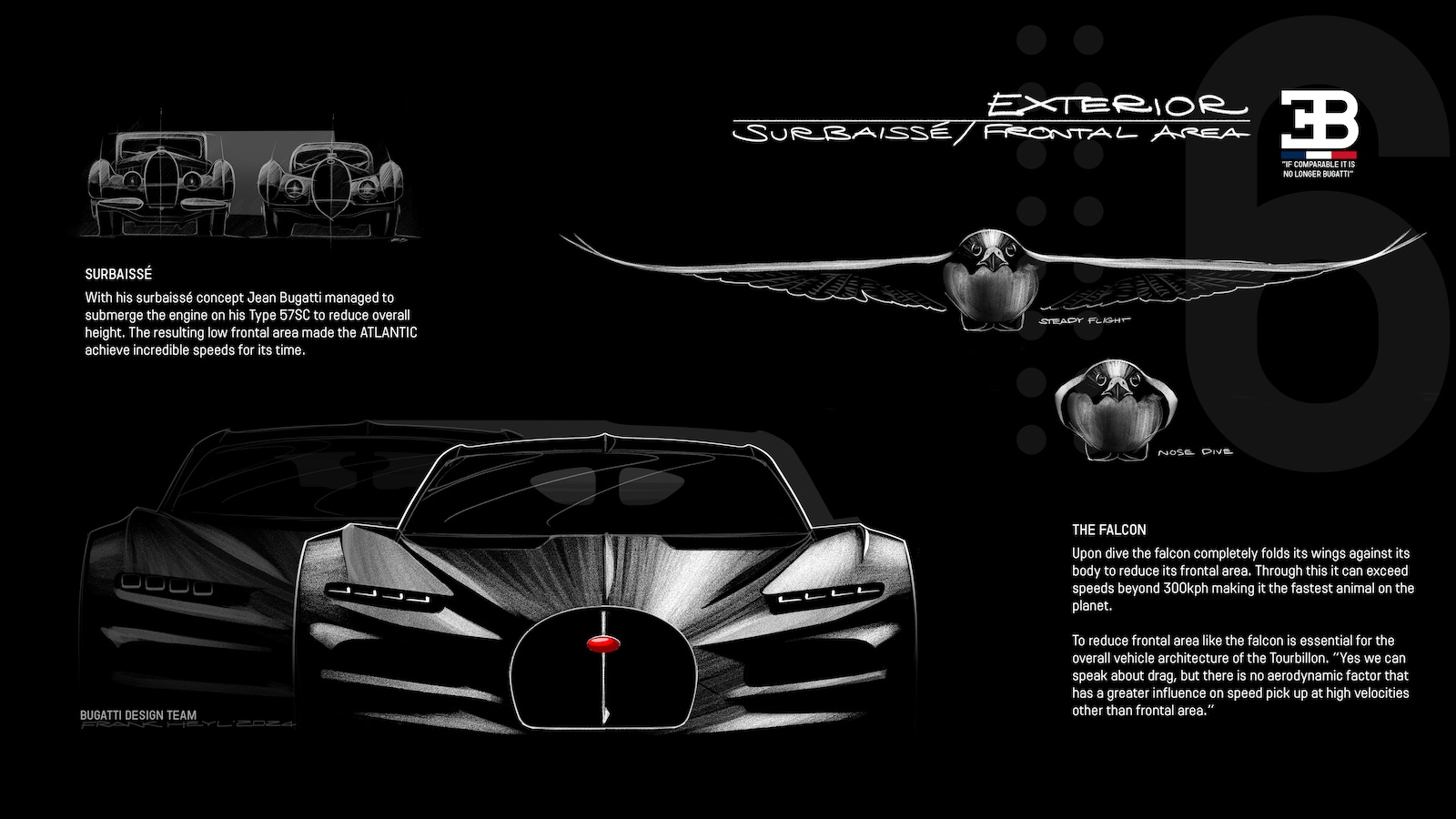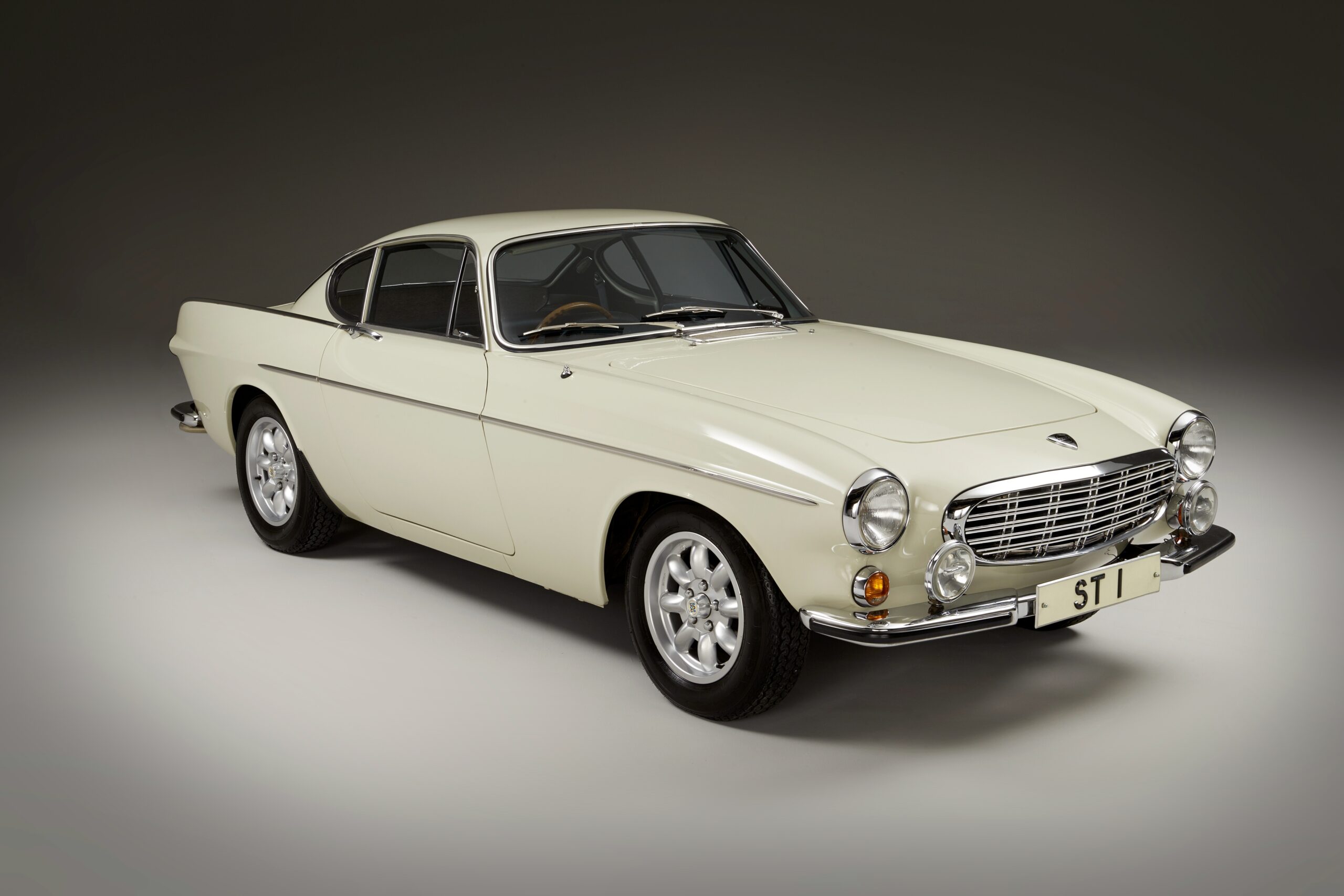Knowing what to look out for when test-driving a classic car could save you countless headaches down the line (Image: Mateusz Suski/Unsplash)
Test driving is the single most important aspect of the classic car buying process. Even a brief amount of time spent driving a car will reveal faults that could cost money. It will also confirm whether you feel comfortable and confident driving that model.
Retro Rides’ Market Analyst Cliff Chambers has bought and sold lots of classics in his time. Here, he shares some handy tips designed to help everyone from the first-time buyer to serial purchasers.
Doing Your Homework
If you make an appointment to drive a vehicle being sold privately, leave home early and cruise past the location. Often a car for sale will be parked outside and give you a decent idea of its condition just by doing a drive-by.
If the photos in the online advertisement didn’t highlight the faded paint or the missing back bumper, you might want to rethink the test drive and save yourself any further wasted time. If the car looks okay, go have a coffee and plan your next move.
Should the advertised gem be out on the driveway being frantically washed and having tyre shine applied, it’s possible yours is the only enquiry they’ve had in quite some time. This might indicate a keen vendor who is receptive to a low offer.

Ensure that the photos you see in an online listing are truly reflective of the car’s quality (Image: Robin Vet/Unsplash)
Ask Why They Are Selling
Professional psychologists have devoted decades to buyer/seller interaction, so we won’t be going there. However, it is handy to have some idea of the reasons behind the sale.
Reluctant sellers can be difficult. For instance, if a car is for sale because of a relationship breakup, then any movement on price may require acceptance by lawyers for both parties. Sometimes the former owner has died and there’s a lot of sentiment involved in the sale, while at other times the car may be for sale because the owners is no longer capable of driving.
Another common reason for selling is a car that’s been bought on a whim but that no longer fit the owner’s lifestyle. Or, it could be something as simple as the car won’t fit the available garage space. (Note to self: Measure car space before purchasing.)
Some classic cars may be for sale because they have nasty, hidden flaws that the vendor didn’t spot. You might not either, so arrange a professional pre-purchase inspection before laying down your hard-earned.
When making your initial contact, have a few questions handy to pop into conversation with the seller. For example:
- “Have you had the car long?”
- “Where do you get it serviced?”
- “Are parts easy to find?”
- “Will the family be sad to see it go?”
Non-committal or no answers at all should raise suspicions and get you concentrating extra hard on visible flaws and checking the car’s history.
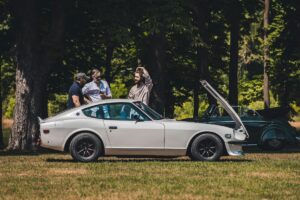
Asking the seller the right questions is important, so make sure you have a few up your sleeve (Image: Mateusz Suski/Unsplash)
Take a Thorough Test Drive
If you don’t know the roads around the seller’s location, you very likely will be taken on a route that won’t stress the car or make any odd behaviour more obvious.
Whether buying privately or through a dealer, make sure your ‘test drive’ is more than a two-minute whirl around the block or a chauffeured excursion with an owner or salesperson who pleads ‘insurance reasons’ for denying you a turn behind the wheel.
These barriers can sometimes be overcome by contacting your own insurer to arrange immediate, online cover.
If you don’t buy the car – and obviously, don’t crash it – just invoke the policy’s ‘cooling off’ period and get a full refund. If you do like the car and leave a deposit, you now have an interest in the vehicle and will need it to be insured, so one job done.
Before making a final decision, try to drive more than one example of the model you favour, and note differences in the way each car sounds, performs and handles.
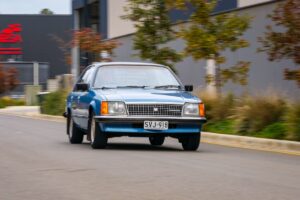
Your test drive should be more thorough than simply driving the car around the block, but don’t use it as an excuse to abuse the vehicle (Image: Patrick Jackson)
The test drive should be no less than 10km in length, and should include some freeway or highway driving if possible. Remember that test drives are not an excuse to abuse the vehicle and a vendor has every right to terminate the demonstration if you are driving in a way which might damage their vehicle.
If the vehicle will be carrying family members in the rear seat, bring someone with you and ask for their opinion on the rear pews before deciding to buy.
Before even getting into the vehicle, check the registration is current. Vehicles don’t have labels anymore, so ask to see the current registration certificate. If the vendor refuses, walk away.
Dealers can sell unregistered vehicles and will attach a Trader Plate which carries Third Party Liability cover for the test drive.
There should also be a Roadworthy or Safety Certificate available for inspection, but many vendors don’t obtain those until someone commits to buy.

Make sure that you can find a safe and comfortable driving position in the car you’re looking at buying (Image: AP Vibes/Pexels)
Check All Mirrors, Gauges and Lights
Once inside, make sure that the seat can be adjusted so you feel comfortable, the mirrors are all there and can be adjusted and you can see adequately out of the side and rear windows.
If the vendor has already started the engine, switch it off and restart. If the starter motor turns slowly and the dash-lights pulse there are electrical problems. Any warning light that doesn’t illuminate when the ignition is switched on may have been disconnected to conceal an electrical or engine problem. Do a walk-around with the owner at the wheel to check that all taillights, brake lights and indicators are working.
With the engine running, check that all the dash warning lights have gone out and the gauges have moved. If the clutch feels heavy or weak or the brake pedal is ‘mushy’, it’s best to forget this test drive and look elsewhere.
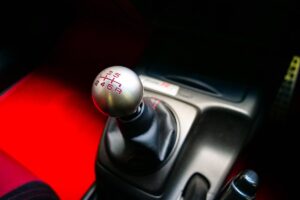
Listen closely when changing gears for any whirring or crunching sounds, and note how the clutch pedal feels (Image: Patrick Jackson)
Pay Attention to Gearshifts, Braking, Ride and Handling
Gears in a manual car should engage easily and without any whirring from the clutch or crunching from the transmission. This is especially important when down-changing where untoward noises can indicate a range of potentially expensive problems.
In an automatic, start off in Drive before manually downshifting to second at around 50km/h, noting how long it takes the transmission to respond. Being able to engage a lower gear quickly will help on steep descents. Flooring the throttle at low speed should also make the transmission ‘kick down’ for quicker acceleration.
Acceleration should be smooth, without stuttering or misfiring. Flooring the throttle in an automatic may produce a momentary hesitation but backfiring or serious reluctance to respond are signs of mechanical trouble.
On a flat road, loosen your grip on the steering wheel to see if the vehicle wanders significantly or pulls to one side of the road. Suspension problems can be to blame but so can something simple like incorrect tyre pressures and road camber.
When checking brakes, make sure you have plenty of space around the vehicle and nothing close behind. Brake gently at first, noting if the steering wheel tugs or any of the wheels want to lock. If the brakes don’t work acceptably at low speed, do not attempt anything more hazardous.

Any steering, suspension, and braking issues are all things to look out for during your test drive (Image: Patrick Jackson)
Anti-lock brakes (ABS) will cause the pedal to shudder when a wheel is close to locking under hard braking. If this doesn’t happen or the wheels lock in an ABS-equipped car, it has expensive-to-fix problems.
At freeway or open-road speeds the car should maintain its pace with minimal throttle. Small engines hate steep hills but changing back a couple of gears in a manual should deal with most inclines. On the way down, use the same gear as you did to climb the hill to ensure there is some engine braking.
Most small vehicles are front-wheel drive with constant velocity joints in their driveshafts. When these are worn, they make ticking or clicking sounds when accelerating. Replacing the shafts isn’t difficult or expensive but you should factor the cost into any offer you make on the vehicle.
On vehicles fitted with cruise control, ask the vendor to demonstrate how it works before the test drive, then check that it will engage and disengage easily. The same applies to older – mainly British – vehicles with electrically engaged overdrive.
After the test drive, don’t immediately switch off the ignition. Let the car idle for a minute or two – longer on cool days – and note the temperature gauge reading before switching it off. Wait a couple of minutes then restart the engine. If the temperature has increased significantly, it’s possible the car has a tired water pump, clogged radiator or worse.

Buying the right example of a classic car can be a very rewarding experience, but buying the wrong example can leave you with a costly regret (Image: Valdemaras Januska/Unsplash)
Your Essential Classic Car Inspection Toolkit
As you head out to inspect and test drive the classic car you’re interested in, make sure you bring the following with you:
-
Note pad or voice-activated recorder to detail vehicles you’ve seen, owner names and contact numbers, and any comments on the car.
-
A digital or phone camera to take photos of the vehicle condition, including any non-standard accessories such as alloy wheels or a stereo etc. This is to ensure the vehicle condition matches the way it was when you made the offer and that any optional extras are still there when you collect the vehicle.
-
Mobile phone or iPad to initiate a Personal Property Security Register (PPSR) check, once known as a REVS check. This will reveal if money is owed on the vehicle if it has been reported stolen or been declared a Statutory Write Off.
-
A valid credit card to pay for the PPSR check.
-
Cash for a deposit, but no more than five percent of the asking price.
-
Pen and paper so the vendor can provide a receipt.
-
A torch to illuminate hard to see areas such as under the bonnet, boot, and undercarriage.
-
A towel for burn protection in the event you need to remove a hot radiator cap.
-
Clean rags for checking oil and wiping hands.
-
Hand cleaner.
-
A small plastic scraper and spray water bottle to remove areas of accumulated dirt or grease for closer inspection (with the owner’s permission)
-
A trolley jack and axle-stands, if you intend carrying out your own inspection.

